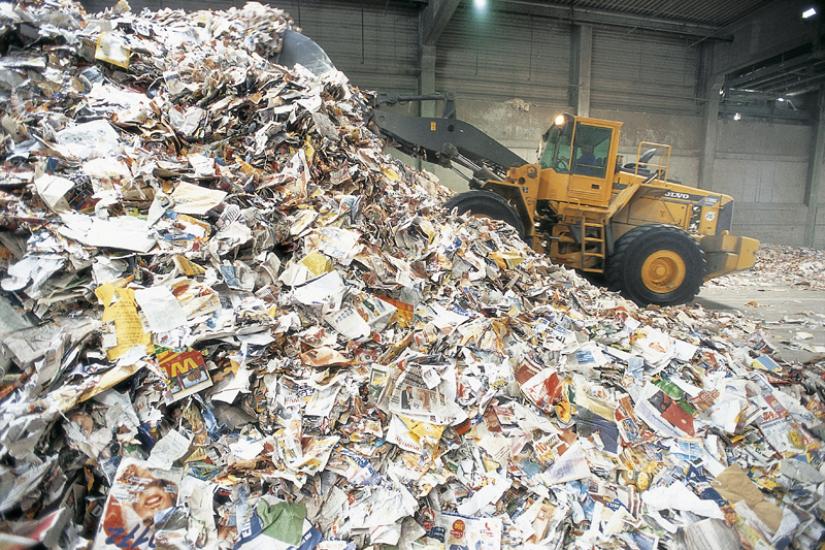How eco-friendly paper is created
One of the main ways eco-friendly printing companies, such as ourselves, look after our environment is with our paper stock. So how does it help, and what do we use?

How eco-friendly paper is created
Recycled paper is becoming more and more available, with new technologies and materials used to create stunning paper stocks that provide the perfect foundation for your designs. Now it's possible to get recycled business cards, postcards and brochures without having to sell your kidney in the process.
There are also many super high quality options, such as the ones we use. EcoStar and Boxboard are the two paper stocks we have at our eco-friendly disposal, and are great examples of how recycled paper can be a superior choice.
Both are 100 per cent post-consumer recycled, for a start. This means the paper comes from that which has been used before. Your stunning new business cards or swing tags could have once been a cereal box or the packaging for a toy truck. EcoStar is smooth and white, whereas Boxboard is unbleached, so is a natural and rustic brown.
When looking into recycled products, there are other terms that you'll probably come across. Mill-broke refers to that which stayed in the mill, so off-cuts and pulp, mainly. Pre-consumer waste means the paper stock was never used - a lot of this paper comes from off-cuts and test sheets. Alternative fibres doesn't come from paper at all, rather materials such as cotton and bamboo.
Okay, we might be a little biased, but the facts and figures, and our top quality products speak for themselves.
How eco-friendly paper helps
Did you know about 70 per cent of paper comes from places such as rainforests? Chopping down these beautiful ancient trees also makes up about 30 per cent of all carbon emissions.
More sustainably managed forest plantations are being used to create paper, and while this does save old trees, it still isn't as friendly to the environment as other options. Often, these plantations only have one type of tree, which means wildlife cannot be sustained. On top of that, in the past virgin forests (those wonderful, ancient trees we mentioned) have actually been cleared to make way for the plantations.
Re-using as much as we can, by recycling materials, results in less waste and is much more economical and eco-friendly.
Various studies have shown that 35 per cent of waste in landfills is paper based, according to Clean Up Australia. Saving space in landfills, and making use of materials that already exist, helps our environment in the long run.
Along with this, creating recycled paper actually needs less water and energy and creates less air and water pollution. When recycled paper is used along with vegetable based inks, it also eliminates the toxic sludge that is created when normal ink is removed during the recycling process.
Between 2007-2008 alone, Australians used 4,250,000 tonnes of paper, which is equal to millions of trees. Recycling is worth it. When one tonne of paper is recycled, 13 trees, 2.5 barrels of oil, 4,100 kWh of electricity, 4 cubic metres of landfill and 31,780 litres of water are saved, states Clean Up Australia
Furthermore, 51 per cent of the impact of using virgin trees can be saved by recycling, and with fewer trees being cut down, more carbon dioxide can be trapped in the carbon of the wood of trees and turned into oxygen. In fact, Clean Up Australia says it takes 17 trees to absorb the amount of carbon dioxide released by your car every year. Recycling what we can will reduce the amount of old growth trees cut down and help protect our environment.